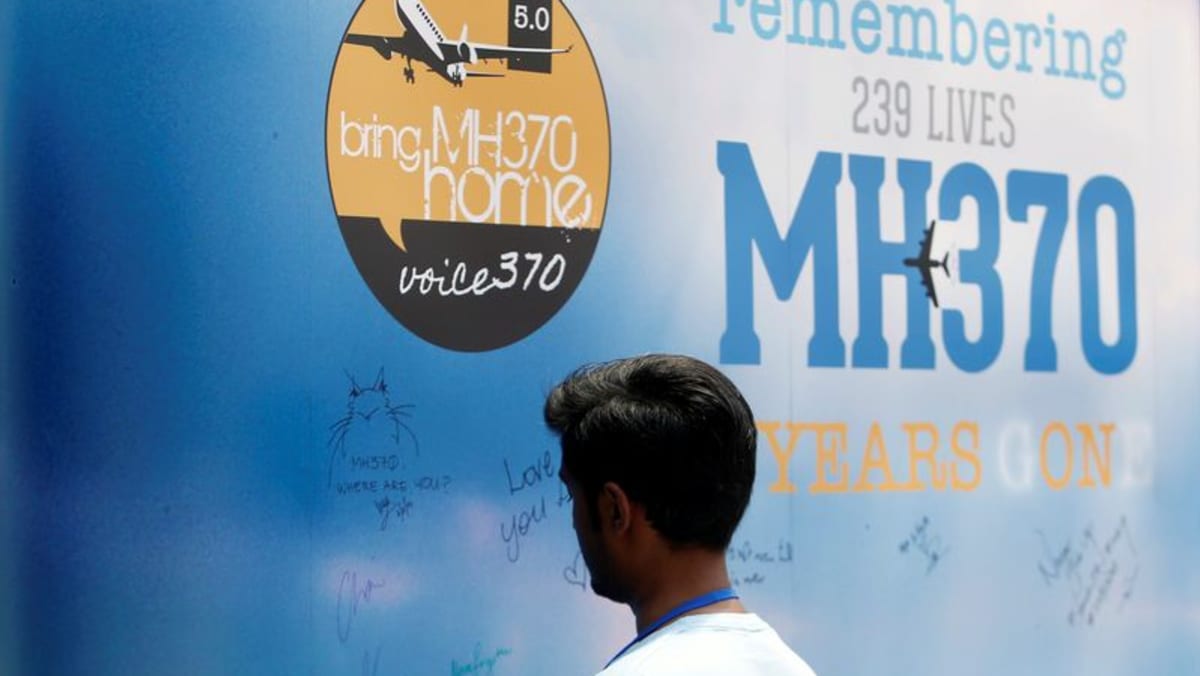Leopard cats and pygmy elephants: What it’s like to go mammal watching on the Malaysian side of Borneo

Bornean wildlife paid the price. The population of Bornean orangutans, found nowhere else in the world, declined by more than 50 per cent over the last 60 years, according to the World Wildlife Fund, a conservation nonprofit.
With a sense of urgency, my father and I planned a trip for last June with the help of Jon Hall, the founder of Mammal Watching and the de facto leader of the mammal-watching community. We ended up with an itinerary that included Deramakot, the majestic Kinabatangan River and some of the oldest rainforests in the world in Danum Valley.
An outfit called Adventure Alternative Borneo offered a relatively affordable price for a mouthwatering 10-day itinerary: US$2,950 (S$3,974) each, not including airfare. And just like that, we were headed on our dream trip together.
SERENADED BY CICADAS
The Bornean jungle felt intensely alive.
There was the daily chatter of cicadas, a different buzz going off every few hours; the so-called 6pm cicada sounded like a saw screeching against metal. Everything was always wet, drenched by daily downpours and humidity so heavy it made gulps of air feel like full glasses of water. Sinuous vines, mosses and fungi – some looking like luminescent teacups, others like miniature red lava lamps – grew anywhere there was space.
Source: CNA















